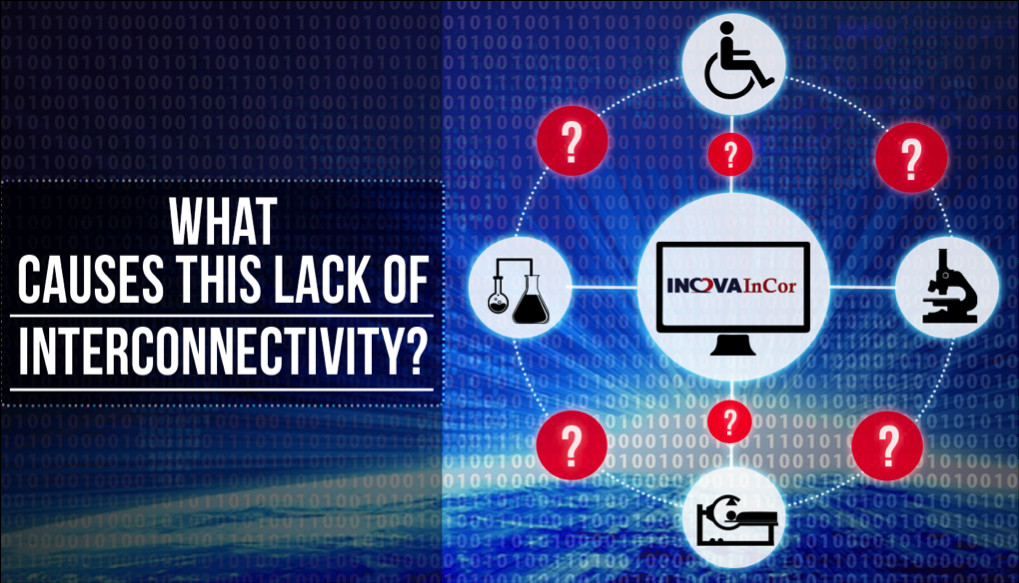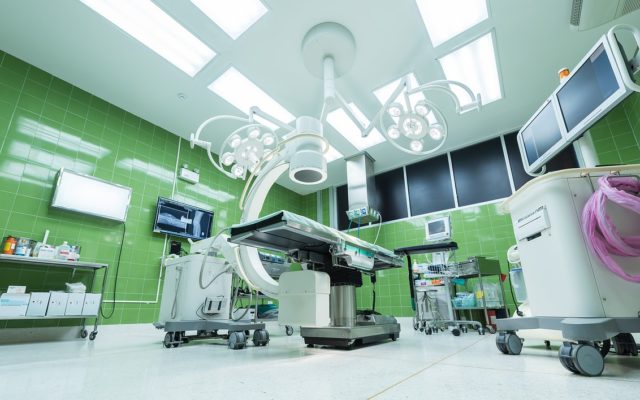Digital transformation continues to penetrate the paradigms of every industry. Whether it is the manufacturing industry, retailing industry or the service industry, the footprints of digital transformation can be found across all.
Yet, amidst the great disruption, a resistance fosters. A resistance, that is coming from the healthcare sector.
Dr. Robert Wachter, describes it as:
“An inability to understand how computerization would utterly change the work”
To elaborate, many people working in the healthcare industry have failed to understand the context in which digital transformation should be assisting them. They perceive the disruption as siphon – a force that takes away from them what makes them best at their work. That is:
- The human touch.
- The sense of ownership.
- The familiarity index.
When one listen to the concerns, the first thing that springs in mind:
If digital transformation is about migrating from analog to digital, it shouldn’t really “siphon” out the core essence of the established practices.
The description of the resistance echoes.
Perception is the problem, and as such, practical implementation could be the only solution.
Meet Mr. Guilherme Rabello
I, together with my friends, Jim Harris and Eric Kavanagh, looked across; looked far and beyond, and our search took us to Frankfurt. There, at SAP Leonardo Live Event in Frankfurt, we got the opportunity to interview Mr. Guilherme Rabello, the Commercial and Market Intelligence Manager at InovaInCor, Latin America’s biggest healthcare complex for cardiac disease treatment and research.
His organization, has successfully embarked and piloted a digital transformation project, with Guilherme Rabello being a primary member of the team that worked on the project.
The Decision to Go Digital
When asked, as to what prompted Mr. Guilherme and his team to embark on this digital journey, he explained the challenges that the healthcare industry in general, and InovaInCor in specific, faces:
To summarize, one of the primary challenges that a medical team in an ICU has to face, is the acquisition and transcription of medical data. Since, the equipment lack interconnectivity, doctors and nurses have to be constantly on the round and must keep the records updated, which is crucial in an ICU setting.
This begs the question:

What causes this lack of interconnectivity?
Mr. Guilherme Rabello explained:
“This is because, all the systems are proprietary. Systems from Siemens, GE, Toshiba etc. cannot communicate with modules of different brands. And, for a hospital it is impossible to have equipment of only one brand due to technological silos and budget restraints. Furthermore, if two equipment are different, like a cardiac monitor and an infusion pump, the connectivity cannot be established at all. This means, you have to record and monitor readings from each unit individually, which creates a burden for all.”“So, the ICU director said, that why not create a system that just connects to all these devices. The system could then display the updated information, from all the equipment, of all different brands, on one single accessible dashboard. This way, doctors and nurses would be able to save their time, and channelize it towards delivering improved patient care to the people.”
However, it wasn’t just the tediousness, involved in data acquisition workflow, that was the concern. There were other challenges as well that needed addressing. Mr. Guilherme Rabello expands on them:
He continues to talk about the challenges:
Working Towards the Solution
Mr. Guilherme Rabello and his team contacted equipment manufacturers and asked, if they could help with the solution. Although, many manufacturers came forward, claiming that they had the solution, but none worked.
Until Mr. Guilherme Rabello approached SAP.
The Solution
Briefing the features of the prototype, Mr. Guilherme told:
The Results of the Pilot Testing
The prototype that was tested, yielded following quantifiable results, which Mr. Guilherme describes as remarkable.
“In the initial phases of testing, we calculated that the pilot deployment helped us to reduce nurse workload by 85 percent. Currently, our nurses actively serve 1000 hours per month, just in the collection and input of data. The saved time can be leveraged to improve personal interaction with the patients, thus helping to improve patient care. Moreover, we also managed to improve the turnover of ICU beds by 7 percent. This means, that if deployed on large scale, the system has the potential to save us $42000 each day on our ICU budget. The money that would be saved, can then be utilized for further improving our services and expanding our service capacity.”
Mr. Guilherme Has a Message
And, Mr. Guilherme has a message for the rest of healthcare community:
This brings me to the end of this post. Digital transformation helped the medical team at InovaInCor, to deliver improved medical care without having them to compromise on human touch, sense of ownership or familiarity index.
The time saved through technology adoption, allowed nurses to interact more regularly with the patients. The personalization of data, that the system allowed, gave doctors the sense of ownership. The system which was devised by adopting the design thinking approach, allowed practitioners to work with technology that they were familiar with.
This was a practical success case of digital transformation in healthcare. I hope, this would serve as an encouragement for the community on whole, to come forward and embrace the benefit that the transformation has to offer.
Article by channel:
Everything you need to know about Digital Transformation
The best articles, news and events direct to your inbox
Read more articles tagged: Case Studies, Featured









